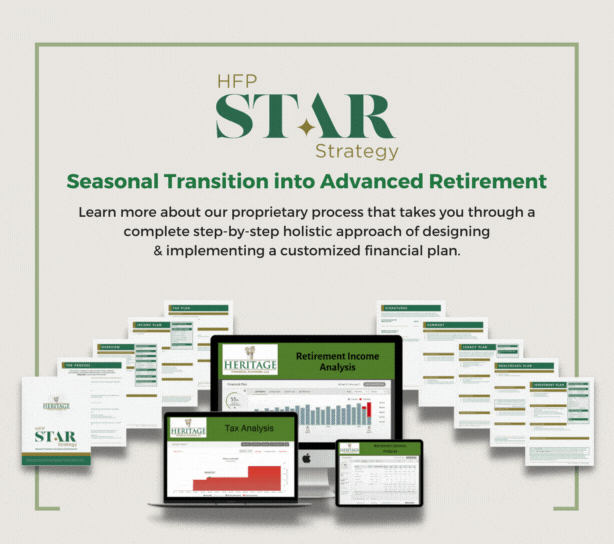Tips to help investors approach the month with confidence rather than fear.
The month of October is often referred to as a jinx for stock markets. Over the years, several major market crashes have occurred during October, earning it the reputation of the “October Effect.” This pattern has caused anxiety among investors, even though not all Octobers are volatile. Let’s explore the historical crashes that happened in October, the causes behind them, and strategies for investors to navigate and prepare for future market volatility.
Notable Stock Market Crashes in October
-
The Panic of 1907 While not technically a crash, the Panic of 1907 created widespread financial instability in October. Triggered by a failed attempt to corner the copper market, it led to a bank run that forced financial institutions to suspend operations. The event exposed structural weaknesses in the banking system and ultimately prompted the creation of the Federal Reserve.
-
Black Tuesday and the Great Depression (1929) One of the most devastating market crashes in U.S. history began in October 1929. On October 29, known as “Black Tuesday,” the Dow Jones Industrial Average plummeted nearly 12%. This crash, following speculative bubbles and over-leveraging in the 1920s, marked the beginning of the Great Depression, leading to a decade of economic hardship.
-
Black Monday (1987) On October 19, 1987, the stock market crashed, with the Dow Jones falling 22.6% – the largest one-day percentage drop in history. The cause of this crash was attributed to a combination of computer-driven trading (program trading), overvaluation, and panic among investors. Although the economy remained intact, the sudden drop triggered lasting regulatory changes, including the implementation of circuit breakers to halt trading during extreme volatility.
-
The 2008 Financial Crisis and October Turmoil
During the global financial crisis, October 2008 saw the stock market experience some of its steepest declines. Fears about the collapse of major financial institutions, credit freezes, and global recession pushed the S&P 500 down nearly 17% that month alone. While the crisis began earlier in 2007, October 2008 became symbolic of the crisis’s severity.
Why Do Crashes Happen in October?
-
Market Psychology and Seasonality
The “October Effect” reflects more of a psychological phenomenon than a genuine economic pattern. October crashes have fueled investor fears, which often become self-reinforcing. This anxiety creates heightened market sensitivity, leading to panic selling when volatility rises. -
Earnings Season and Adjustments
October is typically the start of earnings season for many companies, where results for the third quarter are announced. If earnings reports or outlooks disappoint investors, it can trigger widespread sell-offs. -
Portfolio Rebalancing and Mutual Fund Redemptions
Many mutual funds and institutional investors rebalance their portfolios in the fourth quarter to align with year-end strategies, creating more trading activity. October, as a transitional period, often experiences higher volatility as investors adjust their positions based on new forecasts. -
Historical Overlap with Global Events
Some October crashes coincided with major geopolitical events or economic shifts. The Panic of 1907 and the 2008 financial crisis are examples where market instability was compounded by financial system failures and global uncertainty.
How You Can Prepare for October Volatility
-
Create a Diversified Portfolio
Diversification across asset classes – stocks, bonds, commodities, and real estate – helps mitigate risk. When some investments decline in value, others may rise, balancing the impact on your portfolio. -
Establish a Cash Reserve
Holding some cash in your portfolio during uncertain times provides flexibility. It allows you to take advantage of opportunities if the market dips while ensuring you are not forced to sell assets at a loss during downturns. -
Use Stop-Loss Orders and Hedging Strategies
Stop-loss orders can protect investments by automatically selling a stock if it falls below a certain price. Additionally, investors can use hedging strategies, such as buying options, to reduce exposure to potential losses. -
Focus on Long-Term Goals
While October’s history of crashes can be unsettling, it is essential to maintain a long-term investment perspective. Staying the course and not making impulsive decisions during downturns is crucial for long-term success. Market recoveries often follow major corrections, as seen after the 1987 crash and the 2008 financial crisis. -
Monitor Market Indicators and Economic Data
Keeping an eye on key economic indicators, such as interest rates, inflation trends, and employment data, can provide insights into potential market risks. Investors can also track volatility indices like the VIX to assess the level of market fear.
For Peace of Mind
Though October has gained a reputation for volatility, the stock market does not crash every year. However, understanding the causes behind historical October crashes and the psychological effect they have on markets allows investors to remain vigilant. By maintaining diversified portfolios, staying informed, and focusing on long-term objectives, investors can better navigate periods of market uncertainty. While no strategy can eliminate the possibility of market downturns, prudent preparation ensures that investors are well-positioned to weather the storm and seize opportunities when markets recover.
By understanding the patterns and psychology behind October crashes, investors can approach the month with confidence rather than fear. Preparing for potential volatility, rather than reacting to it, is key to successful long-term investing.
At Heritage Financial Planning, we understand the concerns that market volatility, especially in October, can bring. That’s why we designed our proprietary HFP S.T.A.R. (Seasonal Transition into Advanced Retirement) Strategy to help clients navigate market fluctuations and build a resilient financial plan. Our personalized approach ensures that your investments are aligned with your long-term goals, providing you with confidence, no matter the season. If you’re ready to take control of your financial future, contact our office today to schedule an appointment. Let’s create a plan that keeps you on course through any market conditions.

Click here to learn more about our HFP STAR Strategy process.
Source: Copyright © 2024 FMeX. All rights reserved. Distributed by Financial Media Exchange.












